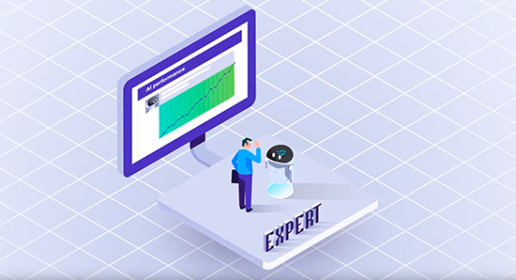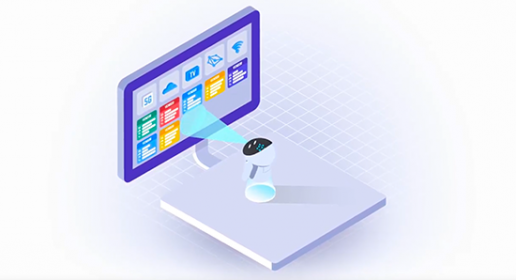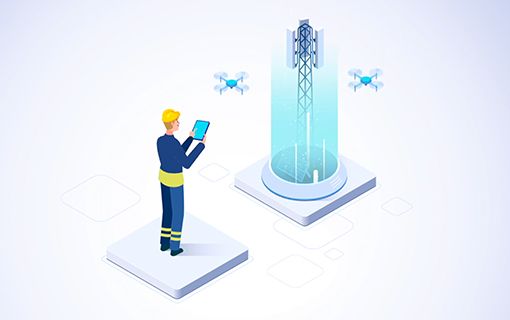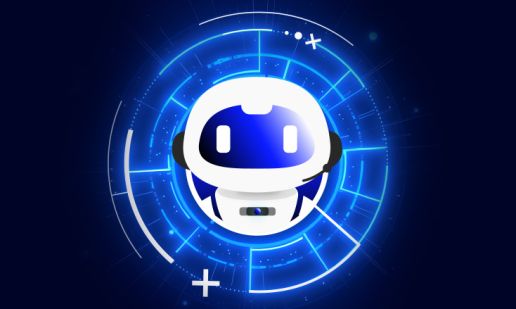From Telco to Techco: Challenges, Solutions and Potential for AI Transformation
- Published
- 4 min reading
While several tech streams were explored at this year’s Innovate America conference, one field really stood out – the potential of artificial intelligence. It’s clear that this technology will continue to impact a great many industries, but AI transformation in CSPs – due largely to the reliance of so many verticals on the telco sector – is one of the most exciting areas of innovation.
Previously, AI was considered somewhat “separate” from general telco operations. Now, in the techco age, it’s no longer sufficient to consider only AI in OSS and BSS. Rather, evolving telcos and emerging techcos are seeking ways to implement holistic AI transformation.
AI implementation challenges
Naturally, this means that operators are facing (and attempting to address) AI implementation challenges. At Innovate America 2024, this was apparent from the statistics related to bringing AI into mainstream, everyday operations. For example, only 14 per cent of CSPs have ten or more detailed use cases, and two-thirds are not yet in the process of extensive AI implementation. In addition, only 16 per cent of telco staff (including executives) are prepared to use AI, and even fewer truly understand the potential of basic AI tools such as ChatGPT.
Having said this, there is also a clear understanding among telcos (and indeed in other industries), that AI represents a future that must be embraced. Put simply, it’s not if but when AI-powered telecom processes are implemented for any operator that intends to remain relevant in an extremely competitive environment.
Transforming the future today
While there may be some reticence toward artificial intelligence in various sectors, progress is certainly been made. Telcos especially are no longer thinking about “testing” AI for telecom efficiency – they are actively seeking ways to implement technological transformation holistically, and preparing detailed plans to do this.
Such work is initially focused on low-hanging fruit, i.e., where AI can be implemented for the greatest benefit with the least investment. Further steps will be to establish how to synchronize activities now, in order that they are future-proof as AI-powered telecom processes evolve. As one leading CSP at Innovate America pointed out, AI projects can no longer be considered as isolated elements of any strategy. They represent groups of transformations that touch every technological and organizational area of a company. These groups are deeply complex, as every AI use case can be evaluated in dozens of ways; value, risk and impact are obvious, but other factors include data quality and security, the usability of a given AI model, scalability and accuracy.
A new artificial intelligence
AI use cases have often been focused on automation and machine learning with the goal of creating a technological class of assistants for human operators. These assistants would take on tedious and repetitive tasks, in a largely support role.
Increasingly, we are seeing a new approach that embraces the symbiosis between machines and human operators. User creativity is now viewed as crucial, as humans truly unleash the potential of AI when they bring their own imagination and ability to work with the technology to bear. A corollary of this is that human operators are necessarily developing new skill sets and ways of thinking about AI; it looks like concerns about AI making humans effectively redundant is just so much ancient history.
The way forward
While many challenges remain in developing AI-powered telecom processes, these have at least become clear and solutions are emerging rapidly.
For example, we know that holistic AI transformation demands accurate, reliable and tested data gathering for the purposes of training – and the AI learning models in use must be unbiased. There is also a need to ensure that AI solutions embedded in telcos and techcos are sustainable; they cannot be simply a solution for today’s technological landscape, but must also be sustainable, scalable, and future-proof as AI use cases expand and evolve. There are also implications around legal frameworks – privacy, infringements and misinformation rules, for example. And of course there are business impacts to be considered; how may the implementation of AI impact brand reputation, positively or negatively?
What should be considered first and foremost when considering any concerns about this new technology is that AI is by definition set up to handle data from collection and collation to evaluation, assessment and use. As we already know – AI is already in people’s homes, cars and lives; all that techcos need to do is establish how best to work with that.









